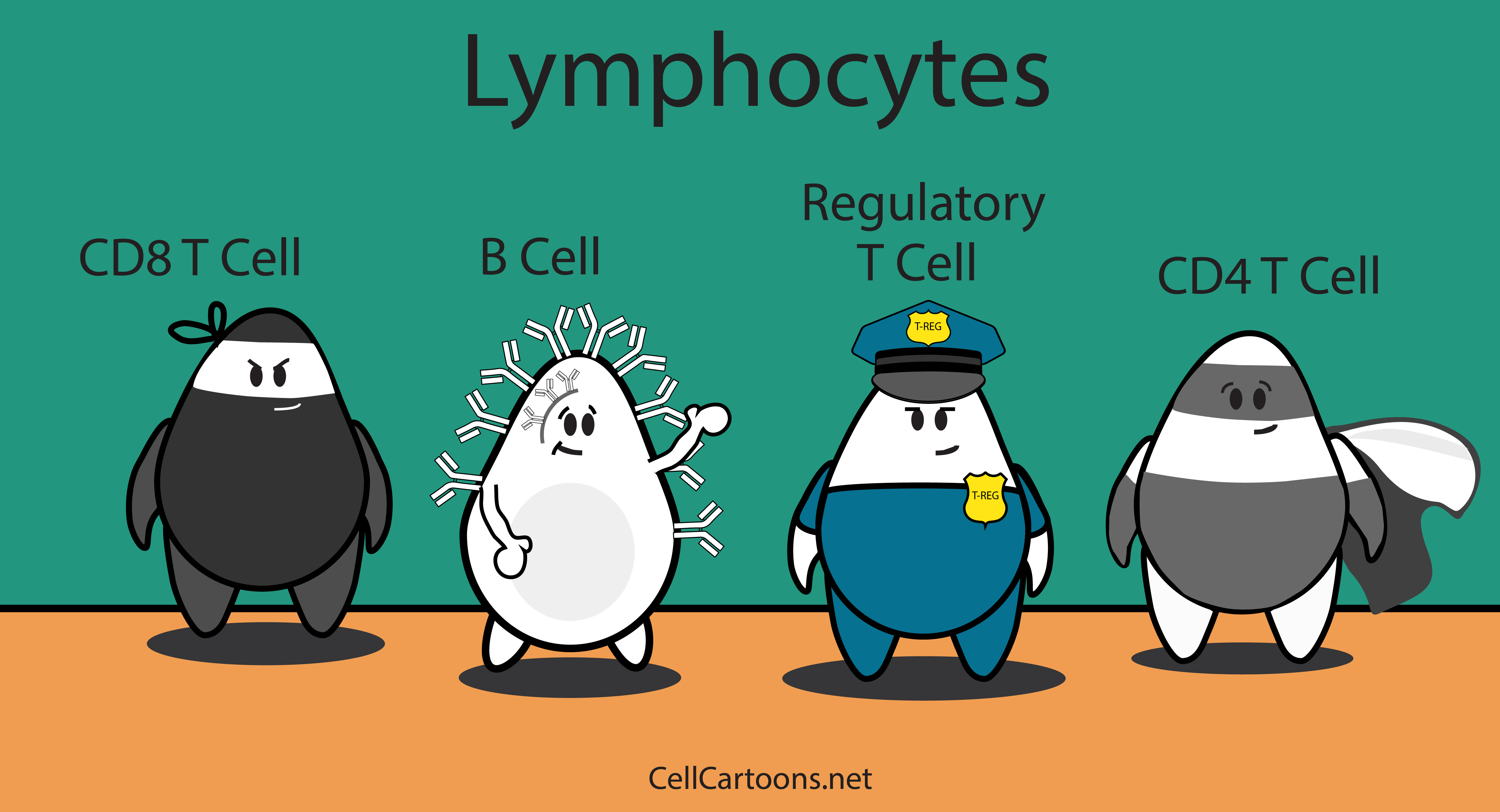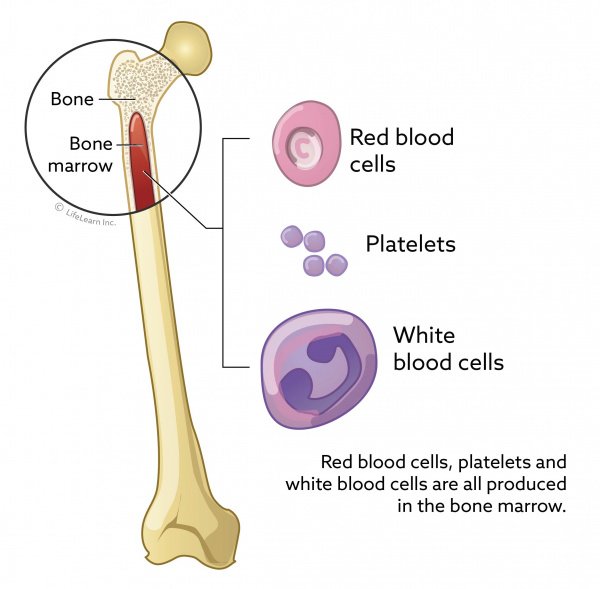
The Discovery of the T cell
In the early 1900s, a young guy called Jacques Miller desperately watched his sister Jacqueline die of leukaemia on Christmas day. From then, he decided to pursue his education in the medical field. He later became a doctor.
The Second World War had left families in complete sorrow. The Hiroshima and Nagasaki bombs put an end to the war. However, the radiations emitted turned out to be devastating. Cases of cancer sprouted. This spiked the interest of the global scientific community. Multiple experiments were carried out on mice after being exposed to nuclear radiations.
Dr Jacques Miller, too, experimented. He observed something: a number of mice developed leukaemia, independent of their exposure to radiations. He then injected healthy mice with juice obtained from grinding the tissues of infected mice. Result: adults did not develop leukaemia, but babies did.
At the time, the leaf-life organ called the thymus, located above the sternum, was thought to be useless.

Well, that did not stop Dr Miller from experimenting. He replaced the thymus of some adult mice with those of younger ones. Lo and behold, the adults developed leukaemia after being injected with the "juice." So he thought this hitherto deemed "useless organ" might be a key agent in the immune system. How could he prove or debunk his hypothesis?
It was known that animals' immune system often reject foreign tissues. Hence, it can be deduced that a defective immune system will accept foreign tissues.
Dr Miller used two mice. The thymus of one was stripped off. He then excavated the skin of the other and grafted on to the first. No rejection. He even grafted multiple skins with different colours. The results were startling and evident: the thymus plays a key role in the immune system.
He later analysed the blood of these thymus-deprived mice and observed that they lacked a substantial amount of one-nucleus white blood cells. He concluded that these white blood cells must originate from the thymus.
Thymus starts with T. So he called them the T-cells.
The discovery of the B cell
After the discovery of the T cell, it was assumed that the immune system had a single component: the thymus. However, some cases proved vexing. There were patients who had properly functional thymus but had way fewer antibodies. Consequently, they were ravaged by diseases. This situation was similar to fowls which had few antibodies due to the lack of the bursar of Fabrucci. Immunologists pondered about the matter for a while, and Dr Cooper shed some light on the matter.
After examining mice, he concluded that antibodies were produced in bone marrows, and that - cells originated from the bone marrow as well, even though they matured in the Thymus.

Since these antibodies were produced by the bone marrow, they were called B-cells.
Learn More
Now that you know about the discovery of T and B cells, learn about how they actually work together to fight diseases in your immune system.